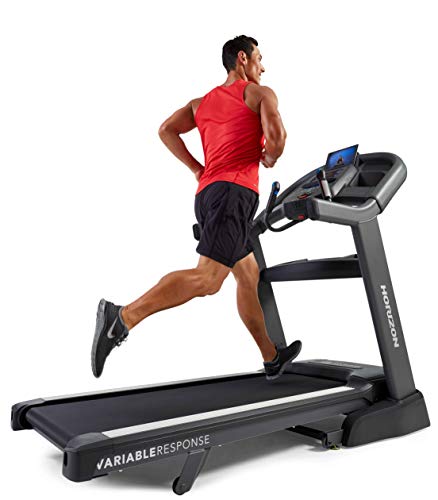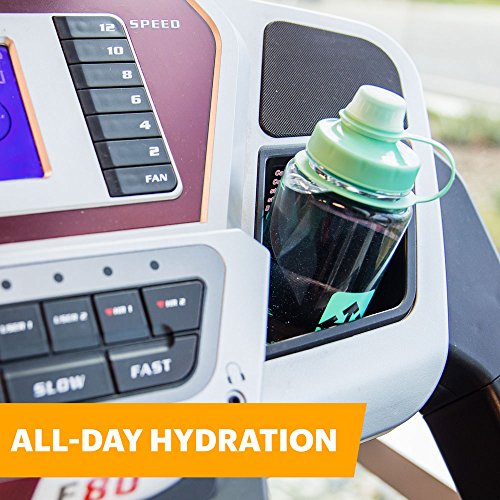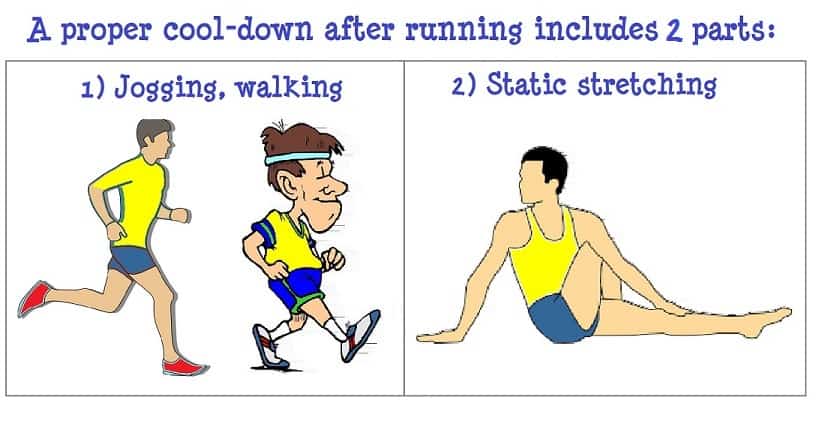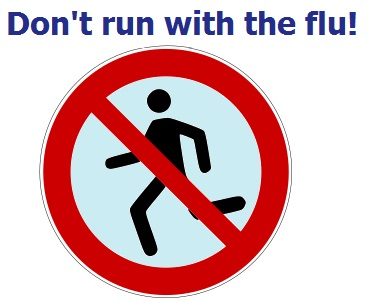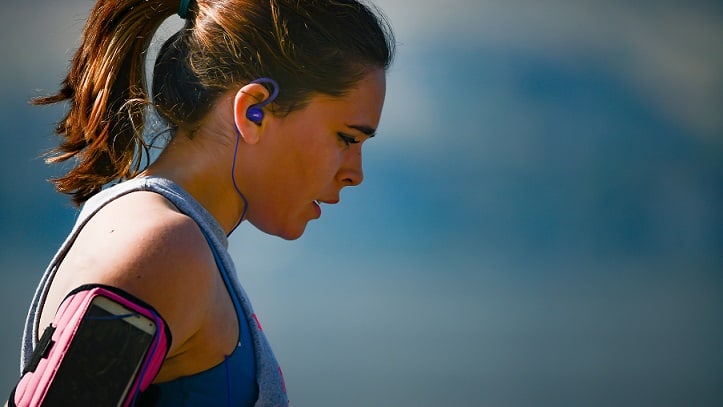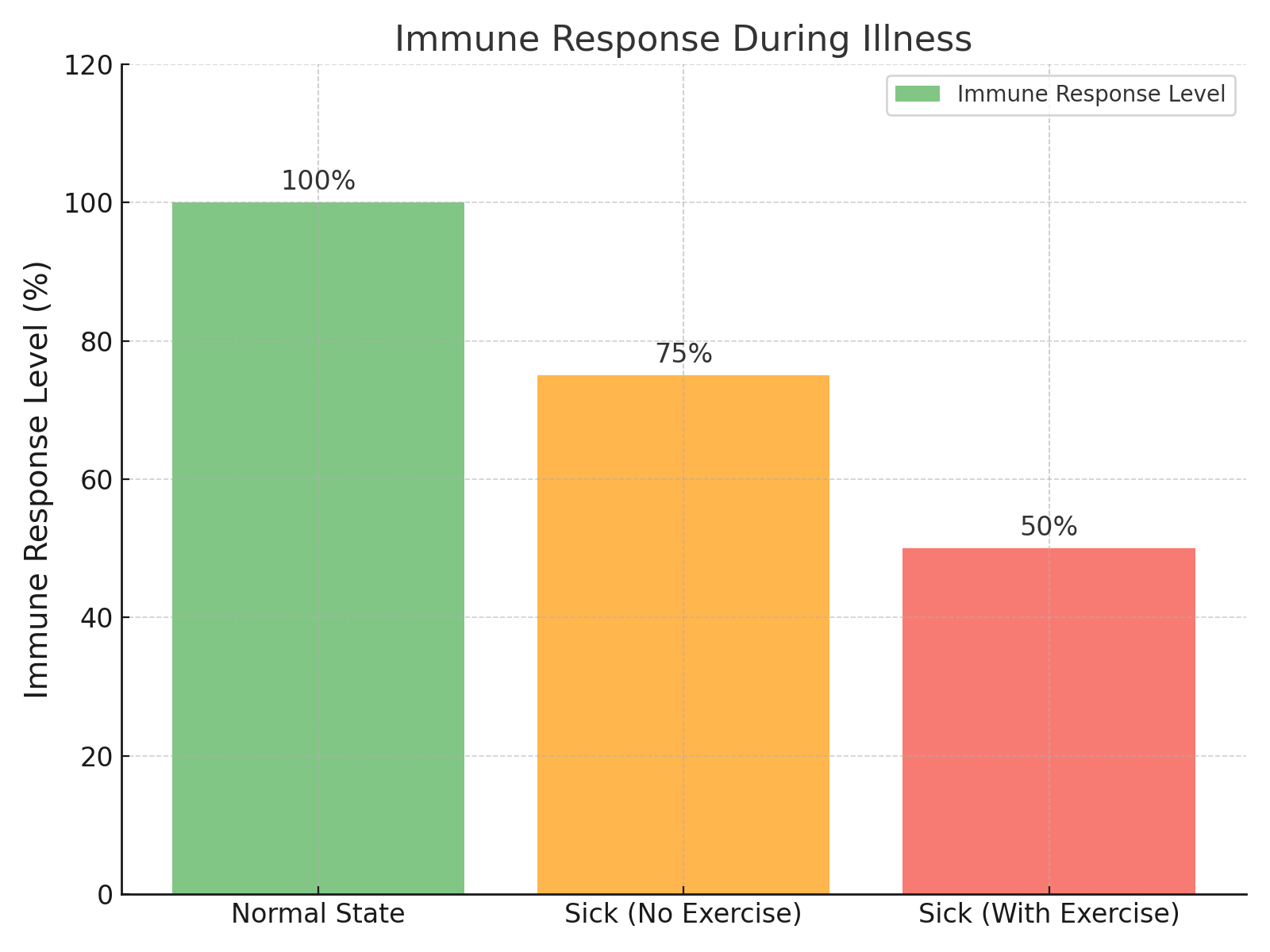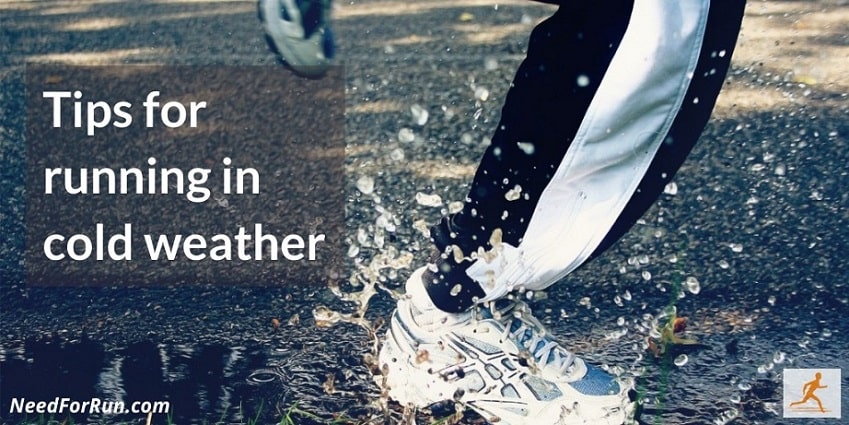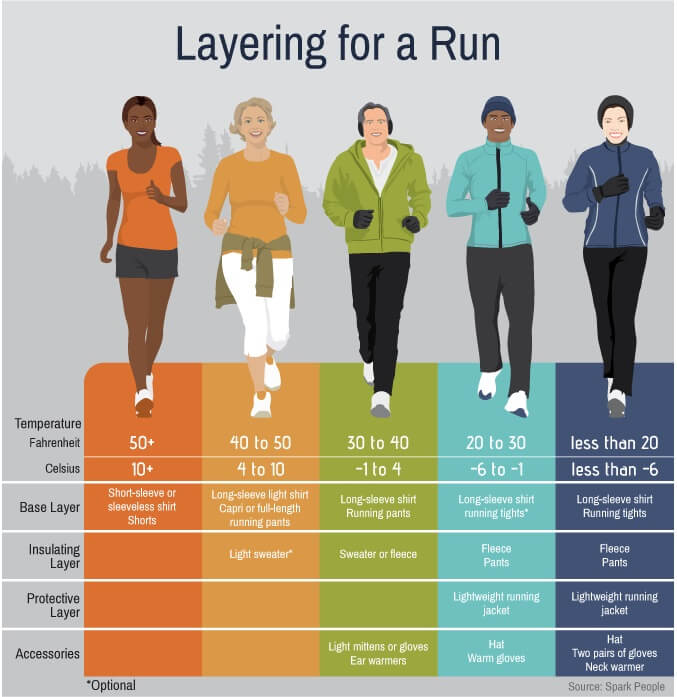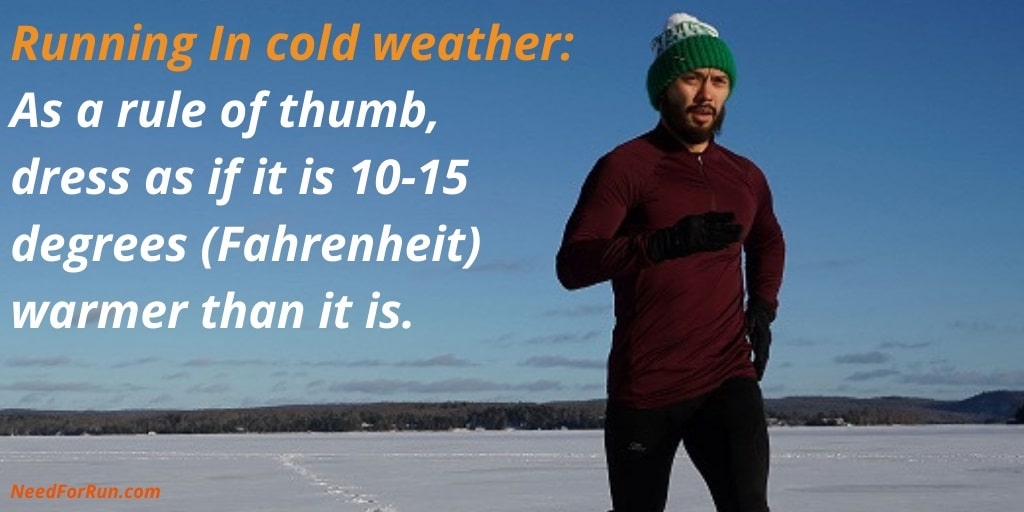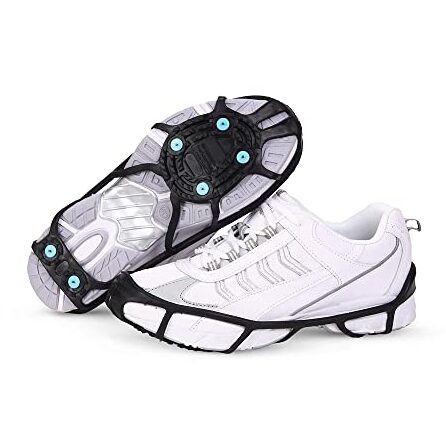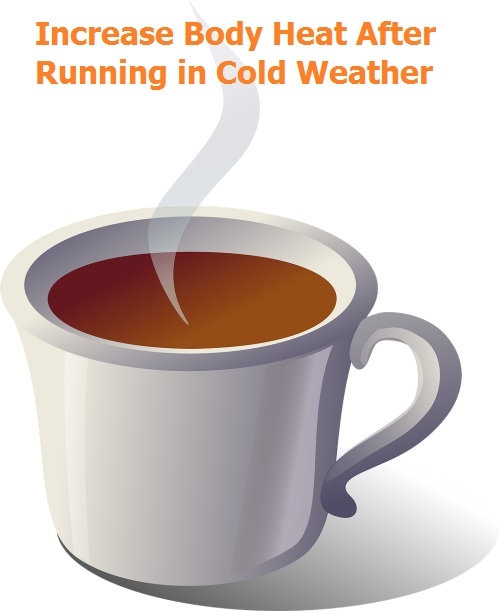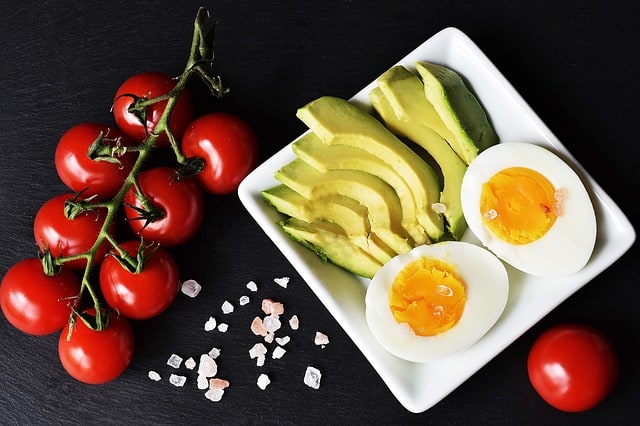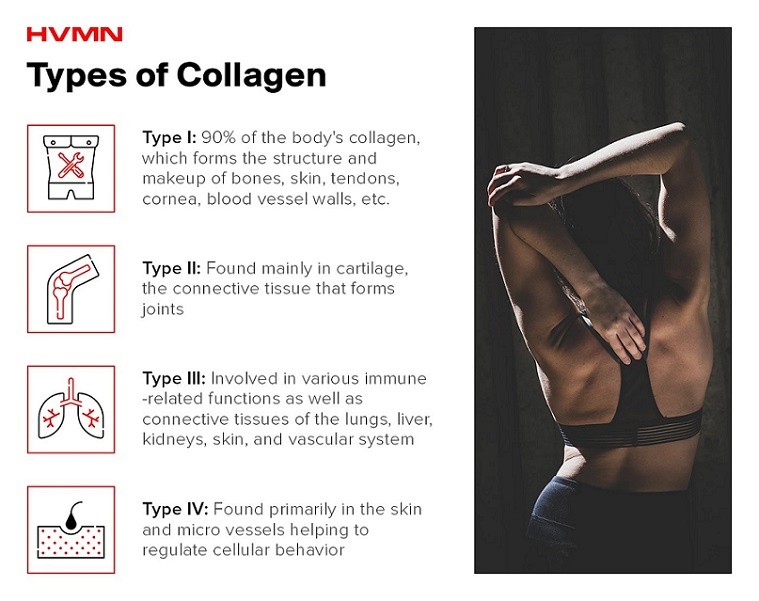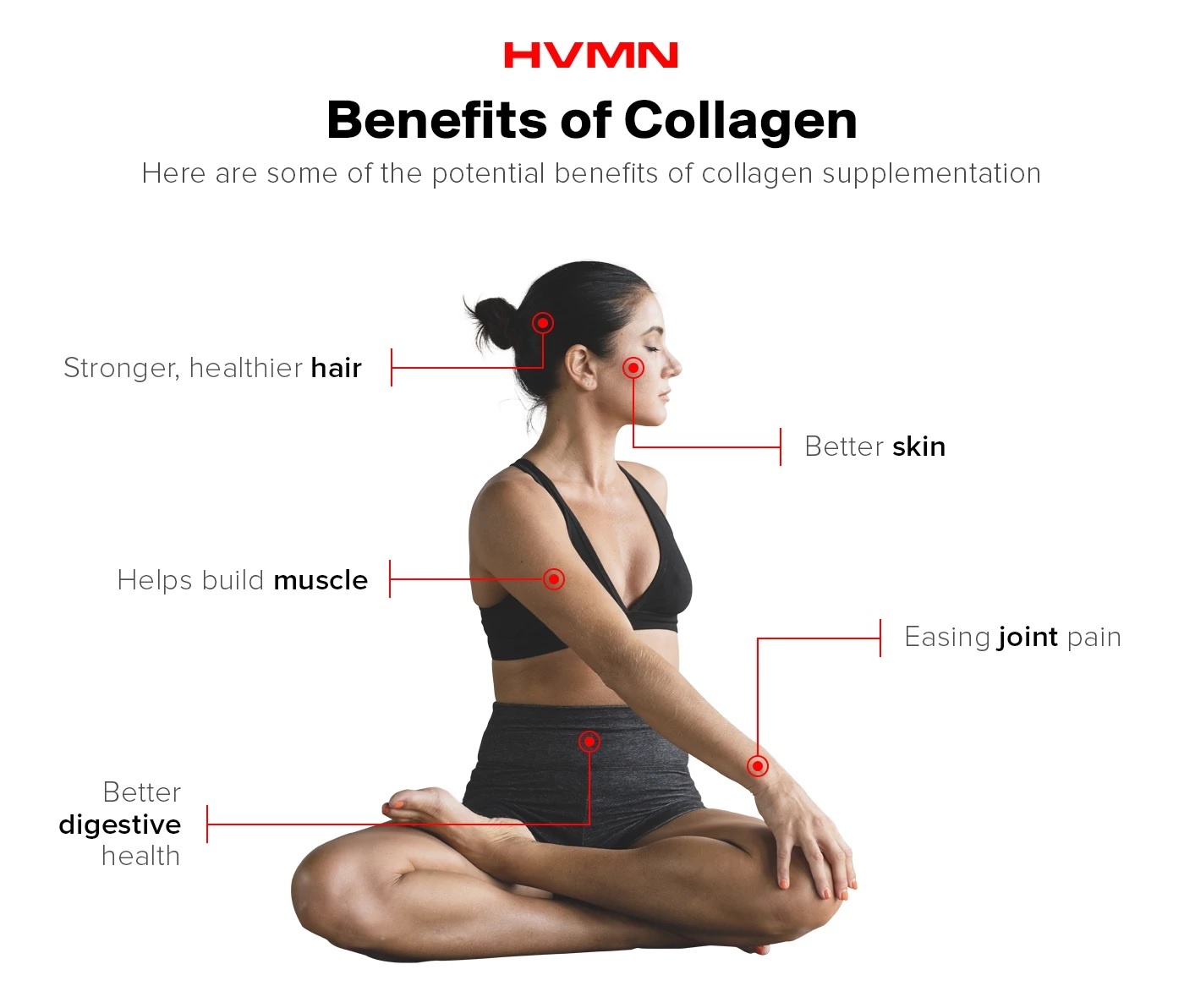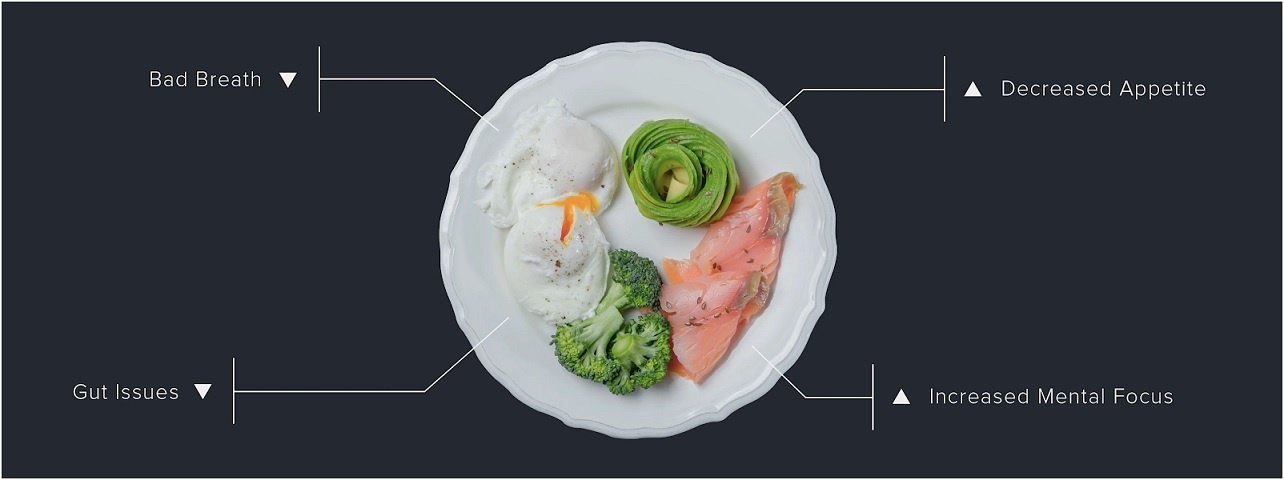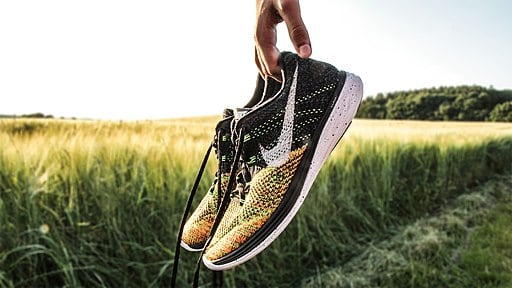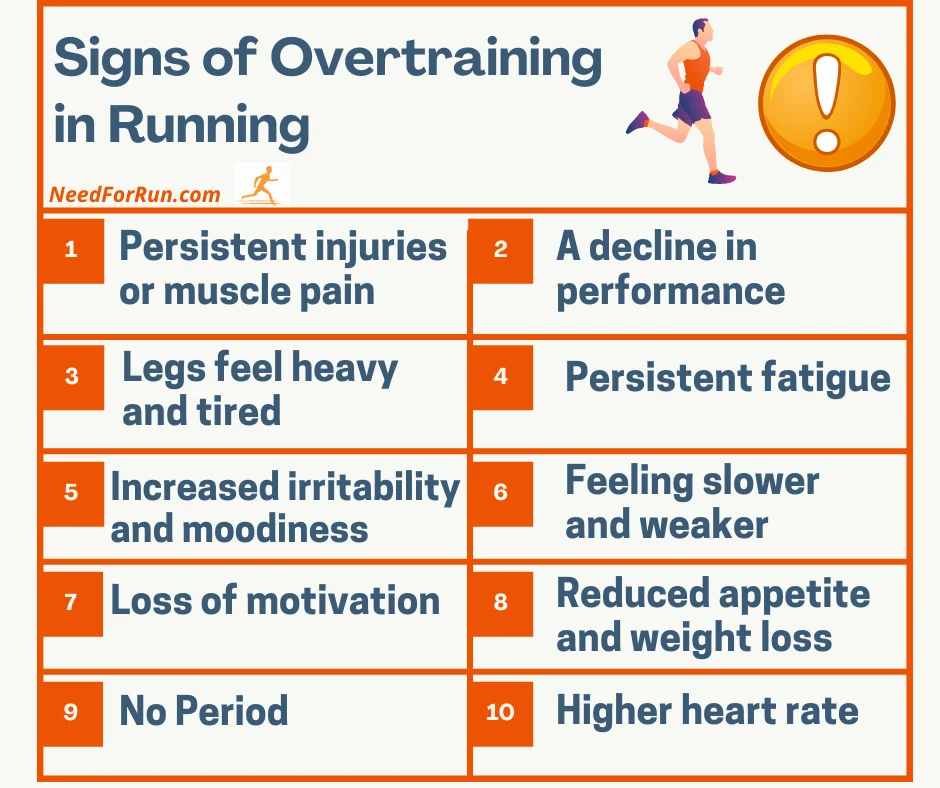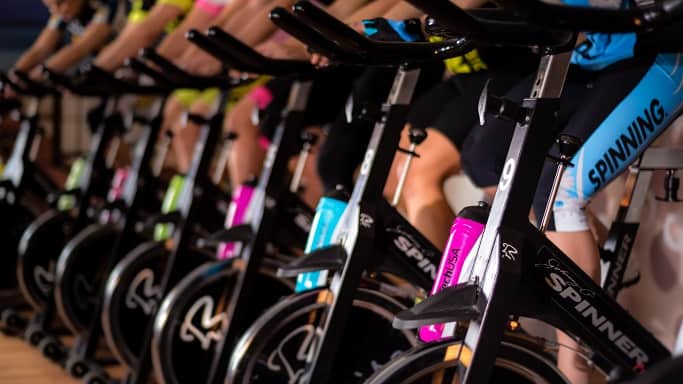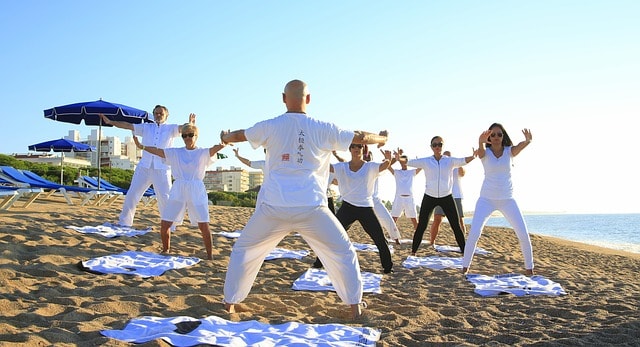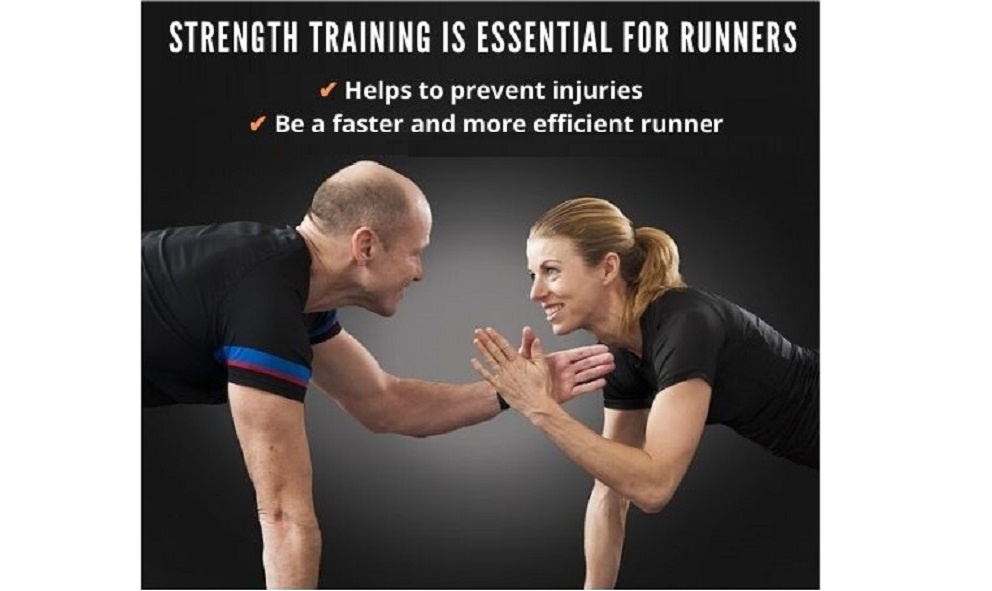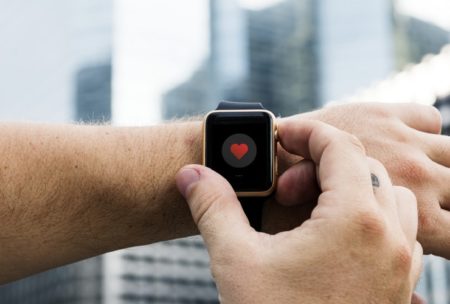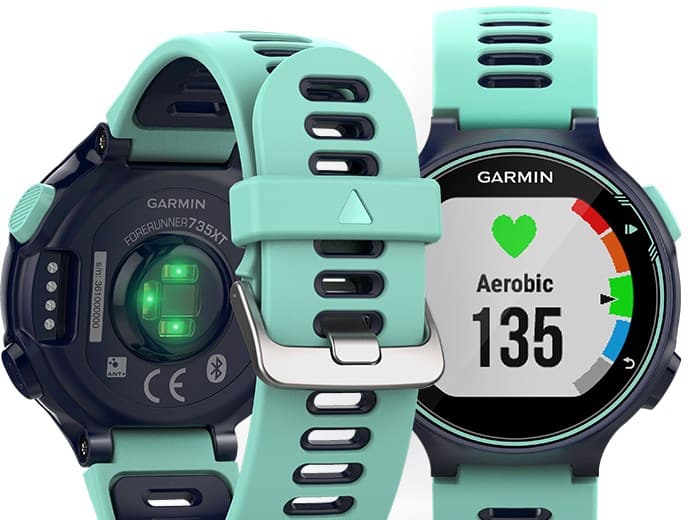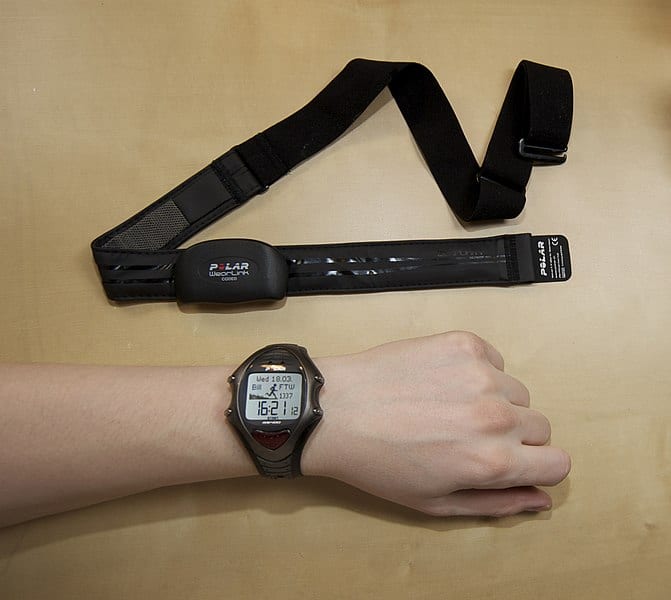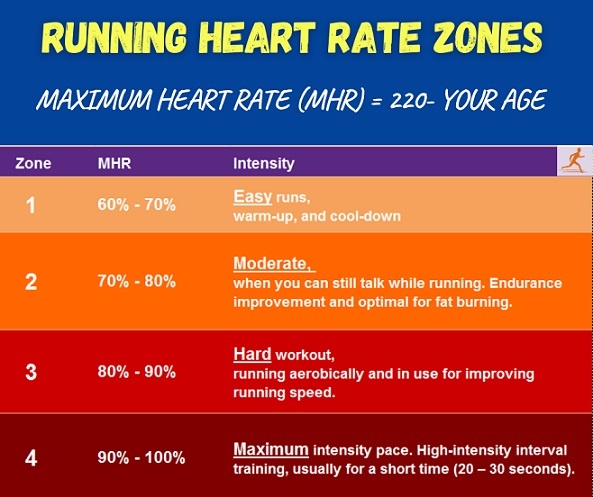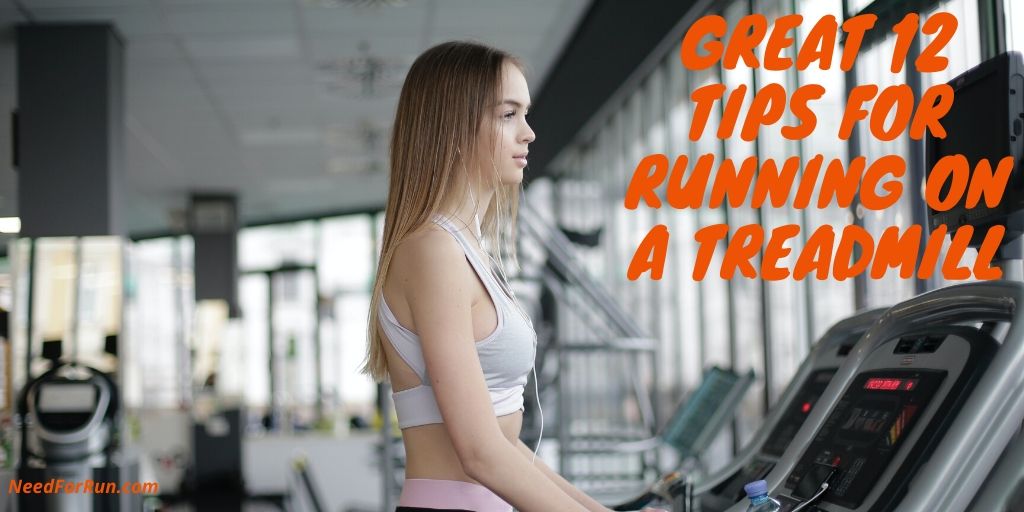
The treadmill is the perfect partner for a cardio workout and building endurance without putting too much stress on the body. It’s also a convenient option for getting physically and mentally fit when running outside is not possible.
To make the most of your treadmill workout, it’s important to know some tips for running on a treadmill. By following these tips, you can improve your technique, stay motivated, and get better results.
While running on a treadmill, you have full control over your speed and incline, and you can easily adjust the workout intensity to match your fitness level.
For those who are lucky to have access to a treadmill, here are 12 great treadmill running tips that can help you have an efficient, healthier, enjoyable treadmill workout and also improve your outside running.
1. Get Familiar with Your Treadmill and Its Features
To maximize your workout, learn the various functions of the treadmill that you are using.
If you use a home treadmill, carefully read the user manual. And, if you are using a treadmill at the gym, ask a trainer to walk you through its functions before you hop on since it’s not always obvious at first glance.
Many treadmills have the following features:
- View and adjust your speed showing how fast you are going.
Depending on the model and age of your treadmill, the mechanism to change the speed may be a keypad entry, a push-button, or a dial.
The pace display on the console is usually in Miles Per Hour (mph) or Kilometers Per Hour. - A heart-rate monitor to help you measure the intensity of your workout.
Monitoring your heart rate while training helps to improve your cardiovascular fitness. While running, your heart rate can indicate if you push yourself too hard or whether you can increase the intensity to achieve your target heart rate.
- A calorie burn calculator that shows you what you are getting from your run. However, usually, these readouts aren’t very accurate since they do not consider your age, weight, gender, and so on.
Still, if you do the same workout regularly and the “calories burned” number goes up, this means you’re getting more fit. - Pre-set training programs, to assist you in varying your workout. These can be useful because they allow you to just set and forget, without making adjustments and pressing buttons while you’re exercising.
- View and adjust your speed showing how fast you are going. This is usually in miles per hour. If you prefer a minutes-per-mile measurement, check this chart.
- Automatic and manual incline
- There are treadmills with a built-in cooling fan to keep you cool while exercising, such as XTERRA Fitness TRX4500.
With a built-in fan or stand fan, not only does the breeze feel good when you get hot, but the airflow makes it mentally easier. Also, you’ll get that added wind resistance without needing to change the incline.
2. Start With a Proper Warm-Up
Just as with outdoor running, a proper warm-up is essential for avoiding injuries. Additionally, a proper warm-up can improve your running performance.
When the muscles are cold and the joints are stiff, intense training can endanger the muscles and expose us to unnecessary injuries. Therefore a proper warm-up is required.
A warm-up raises your heart rate, sends oxygen to your muscles, and raises their temperature, so the muscles work more efficiently during the workout.
A proper warm-up should include the following 3 steps:
1) Dynamic warm-up to lubricate the joints
2) Technique exercises
3) Walking/Easy running
More information on how to do a proper warm-up down in the post: “Warm-up before running is essential, but it should be done correctly”
3. Safety: First Rule – Not Step On or Off While the Treadmill Is Moving
In our treadmill running tips, safety is first and foremost.
It’s important to avoid injuries by not jumping or falling off a fast-moving treadmill. If you need to run to the bathroom, grab a hand towel, or get some water, slow the machine down to a very reduced pace and lower the incline. Then step off carefully.
When you get back on, do the same, and don’t try to pick up right where you left off at a fast pace or high incline.
Also, before starting a workout, make sure you have everything you need, like a towel, water, headphones, etc. So you won’t be tempted to hop off.
More safety tips for running on a treadmill:
- Look forward
- Don’t rely on handrails
- Start by straddling the deck
- Increase either speed or incline
- Don’t go barefoot
- Don’t step off a moving treadmill
- Keep children away
- Leave plenty of space
4. Use a Slight Incline (if possible)
If your treadmill has manual or automatic incline adjustment, set the incline between 1 to 2 percent. So, you’ll use the incline for a more intense treadmill workout.
Since there is no wind resistance indoors, a gentle uphill better simulates outdoor running. Of course, if you’re just getting started with running, it’s okay to set your treadmill’s incline to zero until you build up your fitness and increase your comfort level on the treadmill.
But once you’re comfortable, don’t decrease. Keeping the incline at zero is actually like running on a slight downhill. Don’t let it be too easy. If you’re watching a TV show while you barely break a sweat on the treadmill, you’re probably not working hard enough.
While it’s not good to do every run or your entire run at a hard pace (easy days are important), you should once in a while try harder and push yourself.
Using an incline is a great way to increase calorie burning. You will burn more calories per mile when walking uphill. The American College of Sports Medicine notes that for every 1% of the grade, you increase your calories burned by about 12%.
Uphill Interval Training
Researchers found that incorporating uphill interval running within the training programs of distance runners improves various physiological, biomechanical, and neuromuscular parameters relevant to running performance. Therefore, for at least part of your workout, try increasing your speed or incline, so you’re feeling challenged.
Use the incline on the treadmill for an interval training workout. The high-intensity interval will bring you to a vigorous level of exertion, then the recovery phase will let you catch your breath.
Don’t Make the Incline Too Steep
At the same time, don’t set the incline too steep, i.e. more than 7 percent. This places too much strain on your back, hips, and ankles, which also may lead to running injuries.
Some runners assume they’re getting a good workout if they challenge themselves to complete their entire run on a steep incline (anything over 2 percent). But that much straight hill running is never a good idea and could lead to injuries. Think about it: Outside, you would never find a 3-mile hill at a 5 or 6 percent incline.
So, while training, every few minutes alternate between steep inclines and flat running.
The uphill segments help build strength, and the flatter ones build stamina and endurance.
You can do this manually and a better option (if possible) is to use a predefined program on your treadmill. E.g. in the following video by Runner’s World:
As a rule of thumb, you should avoid running at a steep incline for more than 5 minutes.
5. No Need to Hold the Handrails While Running
The purpose of the handrails is for safety when getting on and off the treadmill. The handrails also help you if you accidentally trip while training and are useful for people with medical conditions.
However, for an efficient workout, there is no need to hold the rails during the workout, as this causes the following 3 problems:
a) It forces you to hunch over, an inefficient running form that can lead to neck, shoulder, and back pain.
Keep your posture straight and erect. Your head should be up, your back straight, and your shoulders level.
b) Although holding on to the rails can make you feel like you can keep up the pace and work harder, Actually, you’re reducing your load and making it easier on yourself. Try to pretend that the rails are not even there, as if you’re running outside. If you’re concerned about falling, you’re probably running at too fast of a pace or too steep of an incline. Slow down and/or reduce your incline. Safety and form are more important.
c) Holding the handrails makes your workout easier, it affects the quality of your treadmill workout. It transfers the load from your legs to your upper body, reducing the amount of effort required and reducing the number of calories you burn during your workout.
6. Maintain a Correct Posture Without Leaning Forward
When it comes to running on a treadmill, learning how to run properly on a treadmill is essential for avoiding injury and maximizing results. To run properly on a treadmill, it’s important to:
- Keep your shoulders back
- Keep your body upright
- Keep your head up
Maintaining this posture helps to align your spine and reduce stress on your joints. Additionally, to improve your balance and efficiency while running on a treadmill, try:
- Keeping your arms at a 90-degree angle
- Swinging your arms naturally
By following these tips for how to run properly on a treadmill, you can get the most out of your treadmill workouts while minimizing your risk of injury.
Treadmill Running Form
There is no need to lean forward because the treadmill pulls your feet backward. Unless you are using a steep incline, that may require leaning slightly forward, remember to stand upright and not lean in.
If you lean forward too much, you may end up with neck and back pain, or you could lose your balance.
At the warm-up and while running, it is recommended to check and correct your posture, by settling your shoulders above your hips and pulling in your abs.

Avoid Looking Down While Running
It’s hard to not frequently look at the console to see how much time or distance you have left, but if you are looking down, your running form will be compromised. Don’t stare at your feet, either. You’re likely to run hunched over, which may lead to back and neck pain.
When you get onto a treadmill, you might be tempted to look down at your feet to make sure you are getting onto the platform correctly. But many of us forget to raise our heads as we continue walking or running on the treadmill.
Looking straight ahead is the safest way to run, whether you’re on the treadmill or running outside.
7. Maintain Your Normal Stride Length
In general, you should be running on the treadmill the same way you would run outdoors. So, avoid stride shortening and try to run with your natural gait and your normal stride length. If your form feels off, slow your pace until you feel like you’re using the proper form. Then gradually increase the pace.
Another mistake to avoid is overstriding. Every running expert agrees that overstriding is bad. Reaching forward so that your front foot lands “too far” in front of your center of mass causes you to slam your foot down and brake with each stride, lowering your efficiency and raising your risk of injury.
Since the treadmill’s belt is moving you forward, overstriding creates a braking force with the belt.
To avoid these mistakes, try to keep your feet under your body, not ahead or behind it. Additionally, Keep your stride quick to help minimize the impact transferred to your legs.
8. Improve Your Running Cadence with a Treadmill
What is Running Cadence?
Cadence (also known as stride rate) is the number of steps a runner takes per minute (SPM). It’s the most common metric used to measure running form and remains important for several reasons.
Having the right cadence will improve your running performance and reduce your injury risk, as cadence has a big impact on your running economy.
The more steps you take per minute, the more efficiently you’ll run.
Finding Your Current and Optimal Running Cadence
Elite runners run at a cadence of about 180 steps per minute, however, studies show cadence is not one size fits all. Your optimal cadence depends on several factors, including your height, weight, and running ability.
Cadence also varies based on the type of run you’re doing. A training or long-run cadence will be slower than a speedwork or racing cadence. Therefore you should determine your base cadence for your different types of paces: easy, normal, tempo, marathon, etc.
You can find out your cadence by counting how often one foot hits the belt in a minute (since you have a timer right there on the console). Then multiply that number by two to get your steps per minute (SPM).
A better way is using a sports watch that measures cadence, such as Garmin Forerunner 245, which measures cadence.
How to Improve Cadence with a Treadmill?
To improve your stride count during your treadmill run, focus on taking shorter, quicker strides and keeping your feet close to the belt. This exercise will help you deal with boredom on the treadmill and even improve your outdoor running.
Now that you have a number, you can improve your steps per minute for your different types of runs.
Simply take one of your base steps per minute and increase that by 5 to 10 percent to find your personal goal cadence number. For example, if your base running cadence is 159 SPM, your goal cadence should be between 167 and 175 SPM.
Even if it’s not as fast as the elites, this small increase will still improve your running performance and reduce your chance of injury.
Improving your cadence should be done gradually, unless it may lead to injuries. It is recommended to increase your cadence by no more than two to five steps per minute in one session. Once that starts feeling like second nature, increase it slightly again and again until you reach your personal goal cadence number.
Your body may need 6 to 8 weeks to adapt to your higher cadence, but it will adapt and become part of muscle memory.
9. Listen to Music or Podcasts
Another useful treadmill running tip is listening to music while running on a treadmill can reduce the perception of exertion and boost endurance by up to 10 to 15 percent. This can do wonders for your performance and fitness gains.
Listening to music on the treadmill can be a great way not to get bored and run longer. Choose motivating songs and create a playlist for your workout. This will help prevent you from continually checking the clock or checking how much time is left till the end of the workout.
Not a fan of music? Then turn to podcasts.
If you choose to watch TV or movies on a screen, be sure to be alert to your form, especially your neck, and head. Don’t crane your neck up to see a screen, and don’t bend over or lean forward to get a good view either. If the screen on the treadmill you use doesn’t work for your size or posture, skip the videos and stick with music or podcasts.
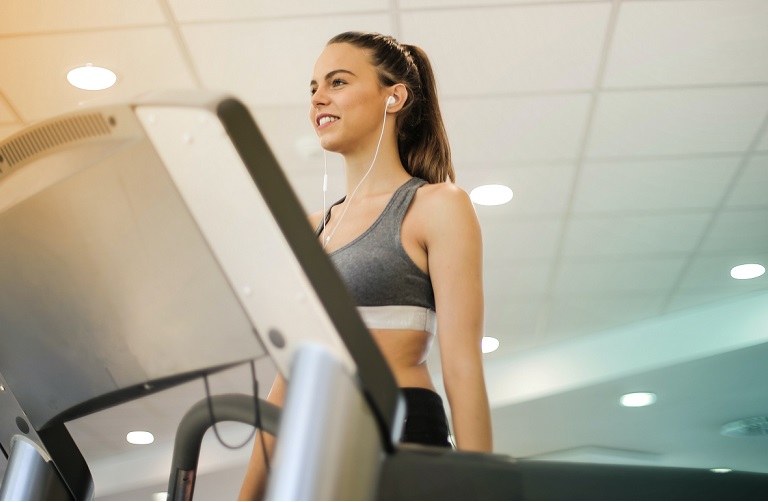
10. Visualize a Route or a Race – Treadmill Running Tip
A trick to increase motivation while running on a treadmill is to visualize an outdoor route that you frequently drive or run.
Picture yourself running along and imagine the trail, buildings, or other landmarks you’d pass along the way. Change the incline set at the time you’d be heading up a hill on your outdoor route.
You can also change the speed when you run outside at different speeds because of factors such as the terrain, hills, traffic lights, and changing weather conditions. So, to simulate outdoor running conditions or a race, try varying the pace and/or the incline throughout the run.
11. Stay Hydrated Before, After, And During Your Workout
One of the top treadmill running tips, you can lose even more water running on a treadmill than you would if you were running outside since there’s little air resistance to help keep you cool. So, keep within easy reach a bottle of water or other beverage. Many of the treadmills have water bottle holders.
Depending on the temperature and humidity of the room in which you run, drink at least 4 to 6 ounces every 15 to 20 minutes during your workout session (if you feel thirsty drink and don’t wait).
12. Proper Cool Down At The End of Your Workout
When running outside, a proper cool down is also essential after a workout on the treadmill.
If you’ve ever felt a little dizzy, or like you’re still moving, after getting off the treadmill, it’s most likely because you didn’t start a cool down at the end of your run. Stopping suddenly after an intensive workout can cause light-headedness because your heart rate and blood pressure drop rapidly. Therefore, a gradual slowdown is required.
A proper cool-down dramatically reduces the chances of running injuries. Additionally, the cool-down helps the recovery after a run and increases the workout’s effectiveness.
Furthermore, it lowers the heart rate and breathing gradually, relaxes the muscles after intense training, and helps to eliminate lactic acid and other metabolic waste products from the muscles.
Besides the physical aspect, the cool-down has a relaxing effect on our minds after intense running.
A proper cool-down after running includes two parts:
- Jogging and/or walking
It is recommended to walk for at least 7 minutes, depending on the intensity of your workout.
If you can monitor your heart rate, make sure to end the cool-down phase after your heart rate goes below 100 bpm. - Static stretching
Static stretches improve your flexibility and range of movement. Also, speeds the recovery by bringing more blood and oxygen to your muscles.
More information on how to do a proper cool down in the post: “Cool down after running is essential, here is how to do it properly”
Tips for Running on a Treadmill – Frequently Asked Questions:
The following is a general guideline on treadmill speeds:
1) For most people 2 to 4 mph will be a walking speed
2) 4 to 5 mph will be a very fast walk or jog
3) Anything over 5 mph will be jogging or running.
Yes, you need running shoes when running on a treadmill. The cushioning of the treadmill itself is not enough. So, although the surface of a treadmill is different from the outside you still need proper running shoes. Whatever speed you go or on an incline, you’re better off with running shoes on a treadmill.
Running on a treadmill is one of the most effective ways to lose belly fat. Not only does the activity burn calories for overall fat loss, but it also directly affects the visceral fat that lies under your stomach muscles.
Holding on to the treadmill cheats the lower back out of doing work, weakening the all-important core muscles. Tall people who hold on are even more at risk for leaning forward and exercising with a slumped posture.
Exercising on a treadmill is a fantastic way to get fit and lose weight. The CDC already recommends exercising 2 and a half hours every week, which is 30 minutes per day, 5 days a week. So, it’s great if you have time to exercise 7 days a week. However, remember not to over-train as this may lead to injuries.
There’s no reason to have to depart from a regular training plan just because you are training indoors on a treadmill. A good marathon schedule should include a balanced mix of long runs, recovery runs, speed work, and hills. All of which can be completed on a treadmill.
1) Start with five minutes of walking to warm up, then alternate running and walking for one minute at a time for 15 minutes.
2) Finish with a cool-down walking for five minutes.
3) Each week you can increase the time spent walking by one minute per interval until you are up to running for a full 20 minutes.



